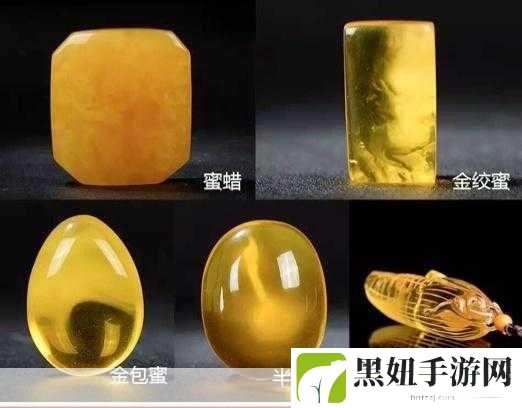日本产品和韩国产品的区别知乎,1. 日本与韩国产品的品质差异分析
2025-01-11 16:06:11 来源:互联网
日本产品的特点
日本以其精细的工艺和高质量标准著称。无论是电子产品、汽车还是日用品,日本制造通常强调技术创新与传统手工技艺相结合。许多品牌,像索尼、丰田和松下,都在全球市场上占有一席之地。这些品牌不仅重视功能性,还注重用户体验。例如,家电设计通常更符合人机工程学,使得使用过程更加便捷。

韩国产品的独特魅力
韩国则因其时尚前卫及强大的文化输出而闻名。尤其是在美容护肤行业,韩国品牌如阿玛尼和雪花秀凭借先进配方迅速获得了国际认可。除了美妆外,现代科技领域也表现出色,如三星和LG等企业,以创新的智能手机与家用电器赢得消费者青睐。此外,很多韩国商品在包装上的设计同样引人入胜,这种视觉冲击力往往能吸引年轻消费群体。
价格区间对比
谈到价格方面,日本产品一般定价较高,这是由于其生产成本,包括材料选择、人力资源以及研发投入。然而,在某些类别中,比如化妆品或食品,日本仍然提供一些性价比较高的选项。而韩国产品常通过快速生产线降低成本,因此能够以更具竞争力的价格推出新品,对预算有限但又追求潮流感受的人来说非常合适。
目标市场差异
两国产品面向不同类型的消费者也体现了一定差异。在日本,不少品牌聚焦于成熟型客户,他们寻求的是长期可靠且具有良好口碑的商品。因此,高品质、高性能成为主要考虑因素。而在韩国,则更多倾向于迎合年轻人的需求,通过社交媒体推广新兴趋势,让他们愿意尝试最新款式并不断更新自己的收藏。
用户评价与服务态度
User feedback in Japan often reflects high standards regarding product durability and after-sales service. Japanese consumers expect a comprehensive warranty and prompt customer support, which many brands provide to maintain their reputation. On the other hand, Korean companies tend to focus heavily on brand experience and marketing strategies, actively engaging with customers through social media platforms. The excitement created by limited editions or special collaborations plays a crucial role in generating consumer interest.
Cultural影响对产品开发的重要性
The cultural context significantly influences product design and marketing strategies for both nations. Japanese products often incorporate elements of minimalism, reflecting traditional aesthetics that value simplicity and functionality. This is evident not only in electronics but also across various lifestyle products like stationery or home décor items.
Korean culture emphasizes youthfulness and vibrant expressions; thus, beauty products usually feature colorful packaging coupled with catchy names aimed at attracting a younger demographic. Additionally, trends driven by K-pop idols frequently shape market dynamics in Korea"s fashion cycles—something less prevalent within the more conservative approach of Japanese advertising practices.
